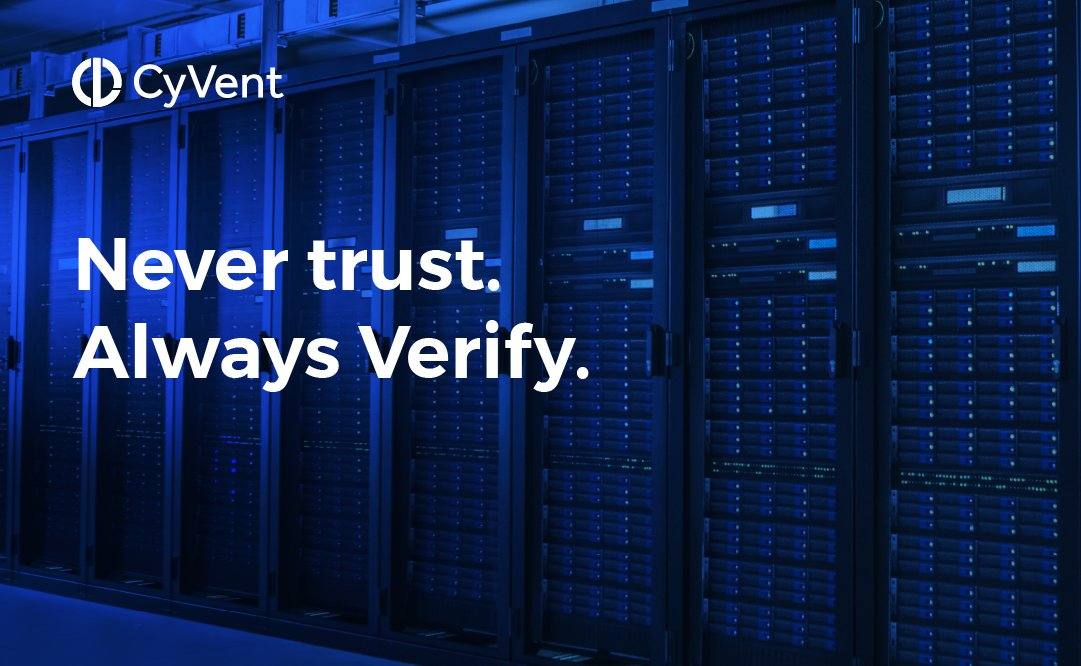
Multi-Cloud Security: How to manage it in your company
When companies first started moving to the cloud, they were promised a simpler, yet more robust, experience. But what they actually got was non-native applications, multi-layers of solutions coupled together, and third-party solutions not designed for the cloud.
Time to move forward. What does that mean?
Today’s companies need:
Cybersecurity that centralizes data control across disparate platforms and domains. Unifying security platform to provide superior data control.
Technology built around a sophisticated hierarchical permissions system with data categorization tied to dynamic multi-factor authentication tokens.
Protection against internal data theft from authorized (rogue) users equally as well as against hackers.
Systems administrators that only have the rights they need to keep an organization running smoothly.
On-demand disaster recovery.
Cloud-Native Applications
Unfortunately, having these things isn’t enough. Organizations also need the expertise to manage and operate all the moving parts to make sure there are no gaps in technology and everything works together.
Cloud Security
Perimeter security will always be required. But today’s nuanced cybersecurity approach requires not only the standard tools, but data access controls, encryption, and much more.
It’s not enough that data ownership remain with the data owners, but that ownership must be shareable. Data must also be secure as it is in a storage location, in transit, and on the endpoint; in fact, the data must always be secured and eventually even remain secured while it’s in use.
There is a need for a Services Integrator (CSI) utilizing experts in all facets of data security to ensure you can both manage the tools you have, but also act as the trusted advisors you need in order to recommend the products of the future.
Disaster Recovery as a Service (DRaaS)
Companies need to know that they can restore in the worst-case scenario. But who controls the data and how is it accessed? This is a question that companies need to keep in mind.
Cloud Infrastructure Management
Managing cloud infrastructure isn’t just about technology. It’s about the strategy.
How will your organization use AI? Will it have automation? What will be encrypted and will that data utilize a zero-trust infrastructure?

What about the cost? Has cloud cost analysis been performed to ensure you’re receiving optimal TCO?
When companies look to manage their cloud environments the one often overlooked aspect is how many moving parts there are in order to maintain data integrity as well as data access.
Companies move to cloud for cost savings and ease, but all too often find that neither of these things are true unless they hire the resources to manage it all.
See more and schedule some time to speak with one of our experts: https://www.cyvent.com/products
________

Grady Johnston, Director, CyVent Cyber Security
Grady Johnston is an accomplished CTO, a former US Marine Corps intelligence officer, and a cybersecurity executive with deep expertise in AI-driven technologies.


